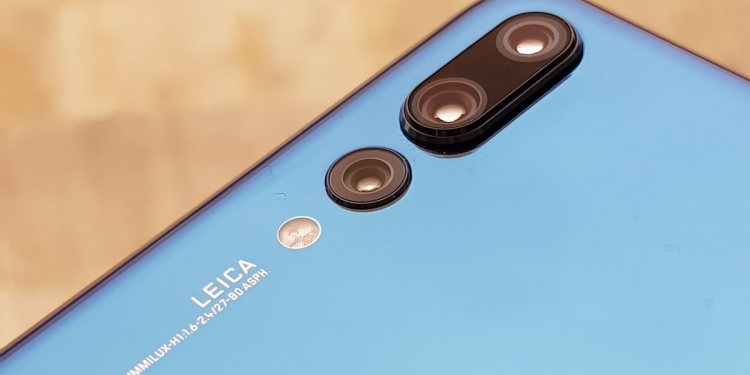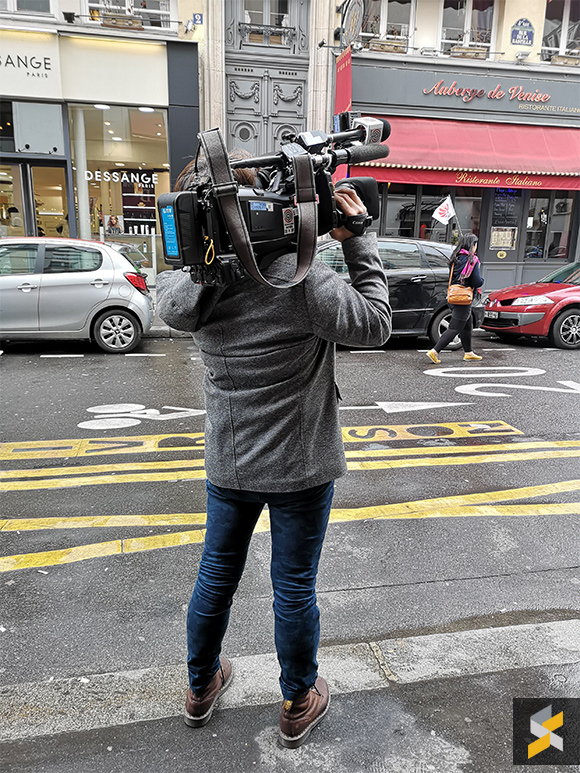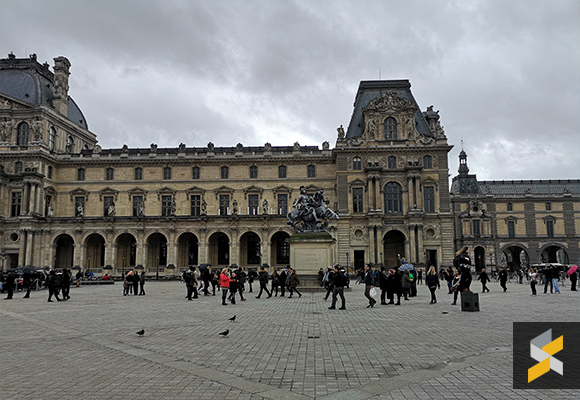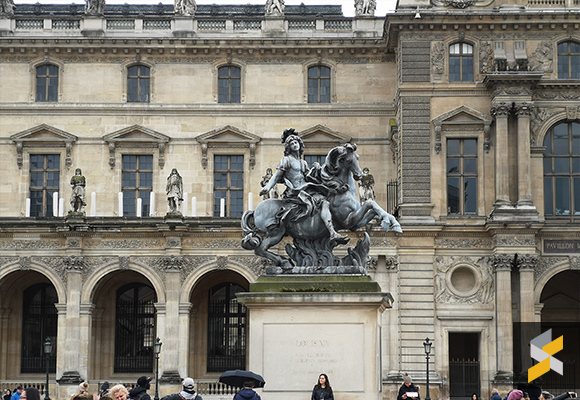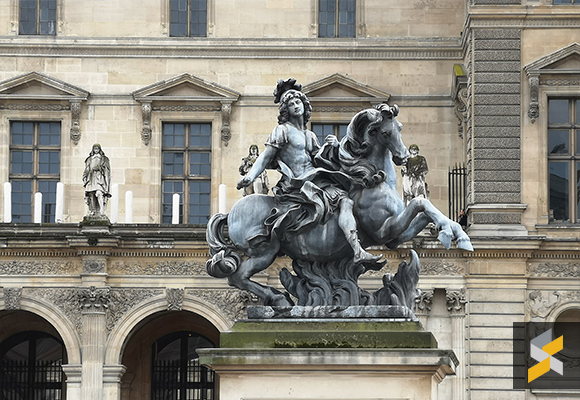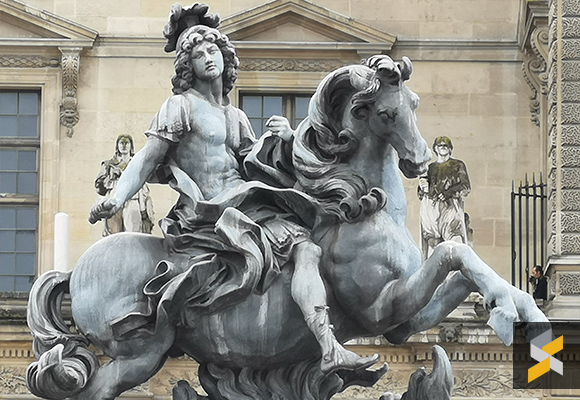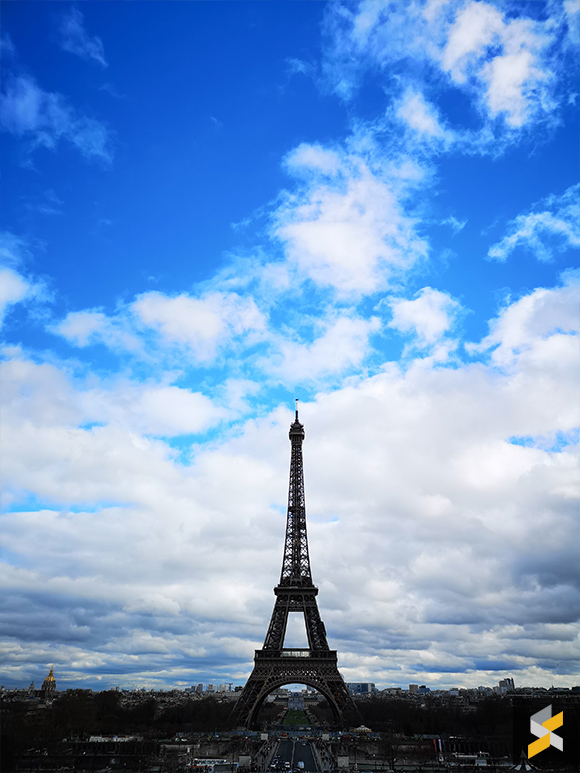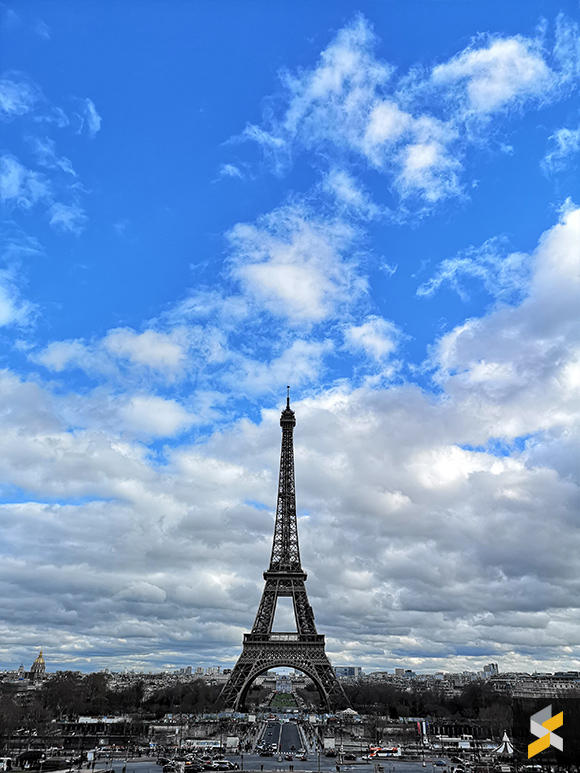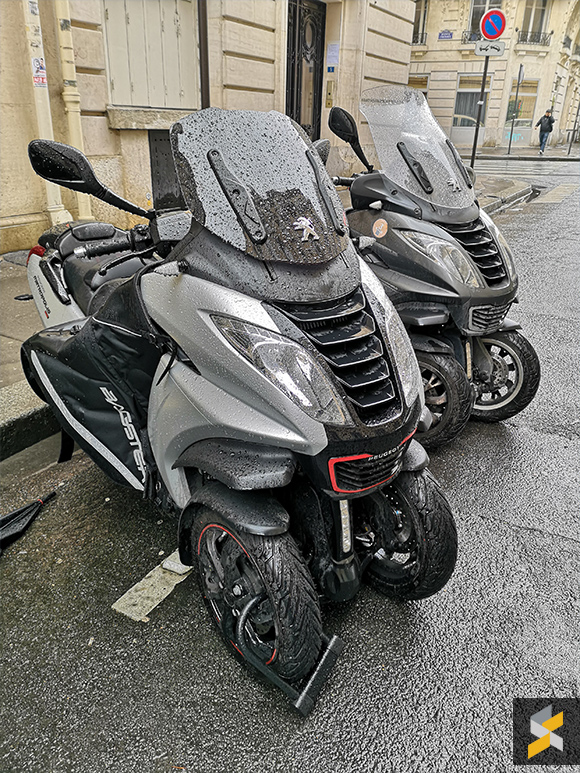With three cameras, three different lenses and a total image pixel count of 68 megapixels, the Huawei P20 Pro has what can be regarded as the most advanced camera ever put in a smartphone you can buy today but do you really need three cameras? Are there any appreciable performance gains with having three cameras? Let’s take a closer look what the three cameras on the Huawei P20 Pro actually do.
On the rear of the P20 Pro sits what Huawei calls the Leica Triple Camera, it consist of an 8MP telephoto camera, a 20MP monochrome camera and a 40MP RGB camera. Depending on the setting and mode, these cameras can be used individually or in combination to take a picture. You take a shot and the phone does all the work, combining and enhancing the image taken from the three cameras to make one final image for you. There is a great deal of software enhancements done by the phone itself automatically right after you take a shot, more than many of the phones I’ve used. That can be a good and bad thing, a topic which I will talk about in detail in my review of the P20 Pro soon. Now, back to the cameras.
Attention to detail
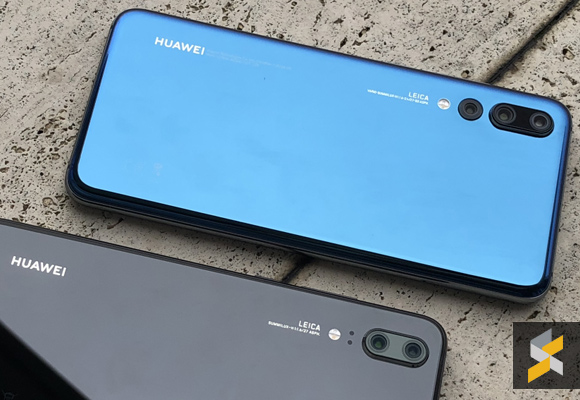
Before that, here’s an interesting side note, Huawei made a lot of emphasis on the reason why the rear panel of the P20 Pro and P20 have been designed to orientate horizontally rather than vertically as per the norm you would see on most phones. The “Huawei” and “Leica” lettering along with the accompanying additional information are all oriented horizontally because the designers intend for the device to be used in landscape mode when taking pictures. The positioning of the words, sensors and cameras are as such that when you hold the device in landscape to take a picture, the “Huawei” and “Leica” brands along withe the cameras are purposely presented to the person looking at the camera. That is great attention to detail.
The 8MP f/2.4 3x telephoto camera
Looking at the triple camera array, on the right is an 8MP telephoto unit. It is the only camera in this array with optical image stabilisation, the other two cameras will have to make do with image stabilisation done by the camera software itself. The 8MP shooter has a maximum aperture of f/2.4 (with a 80mm equivalent focal length) and an 1/4.4 inch image sensor. With a 3x optical zoom and a narrow field of view, the telephoto camera is used mainly for portrait shots and for zooming into a subject that’s far away.
The 40MP RGB f/1.8 main camera
Next to the telephoto camera sits the very special 40MP main camera mated to a f/1.8 lens (with a 27mm equivalent focal length). This camera is special for a number of things. For one, it has the highest pixel count we’ve seen on a smartphone since the Nokia Lumia 1020 (which can be argued is not a smartphone). Then you have the 1/1.7 inch image sensor which can be considered very large for a smartphone. The sensor is roughly twice as large as the sensors used in most phones. In comparison, the iPhone X uses a 1/2.9 inch image sensor while the Galaxy S9+ uses a 1/2.55 inch sensor. The large image sensor in the main camera of the P20 Pro means that the camera is able to capture more light, especially in low light situations. The high pixel count makes it possible for Huawei to combine image information captured from each set of four pixels into one effectively turning the 4 small pixels into one giant detail-rich pixel. This means the 40MP camera produces 10MP high detailed images. This is the only camera in the array that comes with faster and more accurate phase detection auto-focusing or PDAF.
The 20MP monochrome camera
Nestled in its own circular housing is the 20MP monochrome camera with a f/1.6 lens (with a 27mm equivalent focal length) and a 1/2.78 inch image sensor. This camera is interesting because it only captures images in monochrome and while it is easy so assume that this is for producing cool-looking black and white images, the primary reason for this camera is not that. Instead, the camera is used as a support system used to capture image detail and providing additional image detail information to the phone which will then be used for computational photography that help determine how much fake bokeh is required in a portrait image or how much detail needs to added back into an image after digital zoom has been applied, for example. Aside from the 3x telephoto camera, it is this 20MP camera that makes it possible for the P20 Pro to push 5x lossless hybrid zoom and 10x digital zoom. The zoom performance is so good that DXO Mark says the P20 Pro has the best zoom performance it has ever seen on a smartphone.
Then array for sensors that assist the cameras
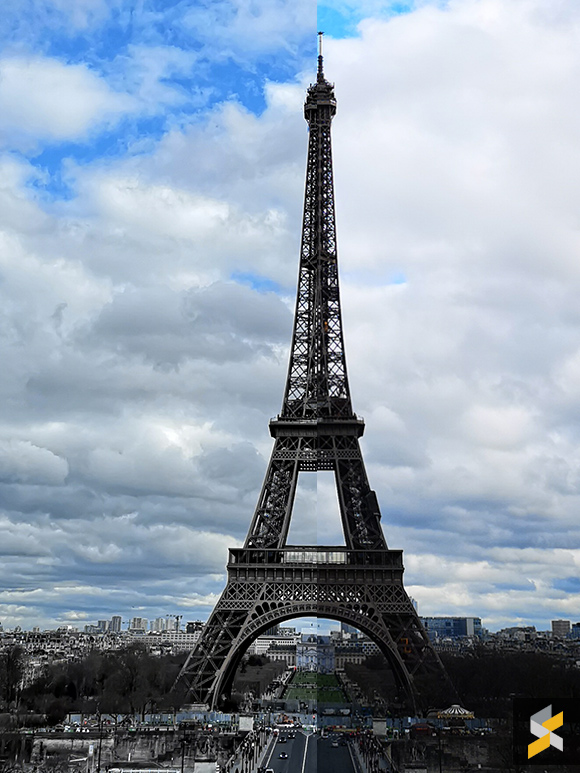
As you can see, the phenomenal camera performance of the P20 Pro is produced both by high-end hardware and intelligent software working in unison. This would not have been possible without the array of sensors that supplement the three cameras.
In between the telephoto and the main cameras, in the black portion, sits a laser transmitter and receiver. This is used to assist with focusing, subject tracking and to detect how far away a subject is from the camera. Then you have the Leica-developed colour temperature sensor that is integrated into the flash module. This sensor provides additional colour information that Huawei claims brings a high level of colour accuracy allowing the camera to differentiate a subject’s skin tone from the overall lighting condition.
At the end of the day…
With the P20 Pro and its novel Leica Triple Camera setup, Huawei has put in a lot of work to produce not only the most advanced camera ever in a smartphone but also arguably the best camera in a smartphone and with an overall score of 109, DXO Mark feels that same as well. While I’ve only had a couple of days with the P20 Pro, it certainly looks like when it comes to taking pictures, the P20 Pro could very well be downright unbeatable.

